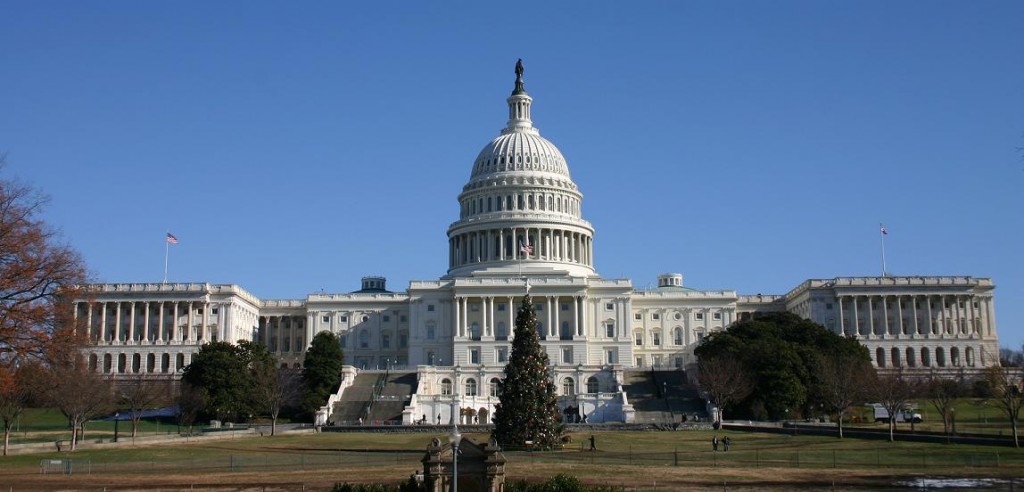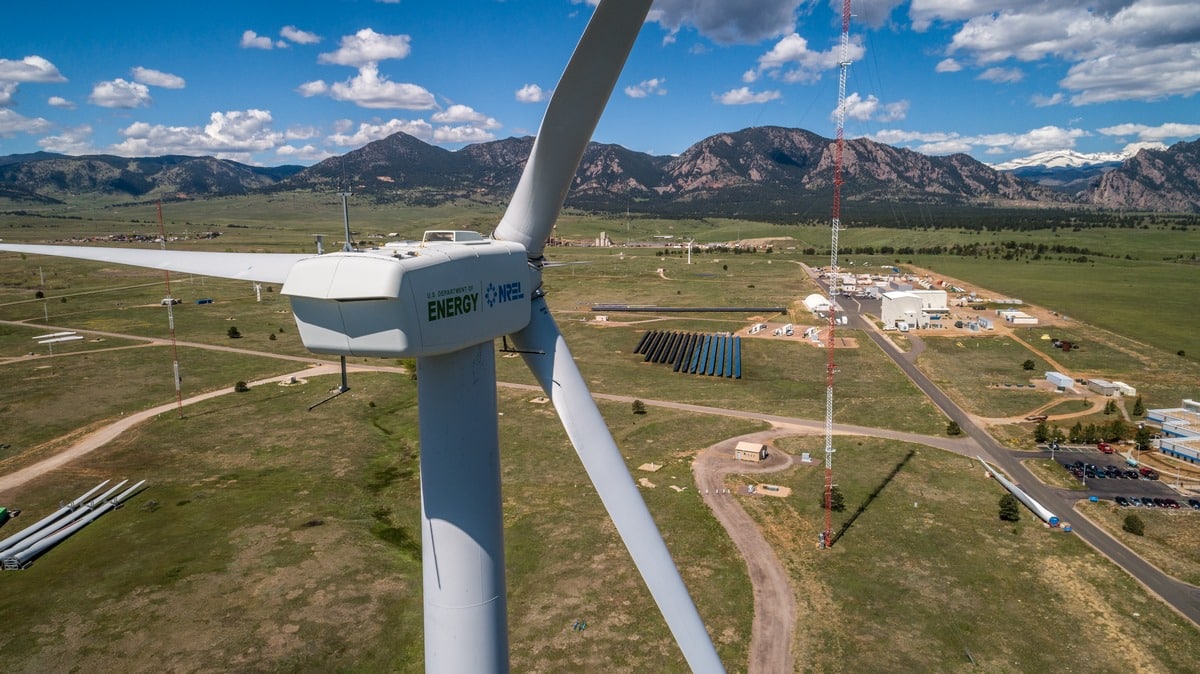
Although most people in and out of Washington assume (correctly) that Congress is unable to enact significant energy legislation in 2014, President Obama can still leverage executive branch power to push through substantive policies and market drivers for renewable energy. Having essentially written off Congress himself, the President has already proclaimed this the “Year of Action,” and he intends to work toward reshaping America’s energy framework in order to adapt it to a lower carbon economy. To do this, the President has several administrative tools still at his disposal.
Below are some of the most significant policies that President Obama can put in place during the remainder of his second term without waiting on Congress to act. Many of these are discussed in a recent report by the Center for the New Energy Economy at Colorado State and can be found here.
- Clarify that federal agencies can enter into power purchase agreements for periods of up to 25 years by directing the Office of Management & Budget (OMB) to provide agencies with permission to use renewable power purchase agreements beyond the current 10-year ceiling. These agreements would make it easier for renewables to secure project financing.
- Expand the use of Energy Saving Performance Contracts (ESPCs) and Utility Energy Service Contracts (UESCs) throughout the federal government and the Department of Defense in order to finance microgrids, distributed generation projects and other proven renewable energy technologies.
- Allow states to use flexible standards that include the deployment of renewable energy within the State Implementation Plans (SIPs) for meeting greenhouse gas emissions reductions from power plants under Section 111(d) of the Clean Air Act. This can be done by quantifying the value of renewable energy under Clean Air Act compliance and allow states to avoid costs in regulating utilities.
- Request that the IRS issue a revenue ruling that Real Estate Investment Trusts (REITs) can invest in renewable energy.
- Request that the Comptroller of the Currency make clear that community banks will be credited under the Community Reinvestment Act for financing renewable energy projects in low- and moderate-income neighborhoods—qualifying as public welfare investments (PWIs).
- Work with states to reallocate $2 billion in unused Qualified Energy Conservation Bonds for investments in renewable energy projects.
- Identify and designate new solar and wind energy zones to help meet the President’s objective of permitting 20,000 MW of renewable energy production on public lands by 2020.
- Direct DOE’s four Power Marketing Administrations (PMAs) and the Tennessee Valley Authority to develop and demonstrate the policies and practices necessary for electric utilities to incorporate renewable energy and distributed generation into their rates and infrastructure.
- Direct DOE and the Department of Homeland Security (DHS) to work with industry to identify resilient pathways for transmission infrastructure and develop model policies that will help utilities integrate renewable energy onto the grid.
While industries and markets wait for Congress to reform and stabilize tax policies as well as develop a true national energy policy, President Obama and his Administration can move forward immediately with these and other measures to deploy renewable energy, create jobs and grow our economy.
If you would like any information about any of the suggestions listed above or have any general questions about federal energy policy, please feel free to reach out to the Polsinelli Energy Team:
Tracy Hammond, 202.626.8322, thammond@polsinelli.com
Luke Hagedorn, 816.572.4756, lhagedorn@polsinelli.com
The post What Can Be Done for Renewable Energy Without Congress? appeared first on Renewable Energy Law Insider.
SOURCE: Renewable Energy Law Insider – Read entire story here.







